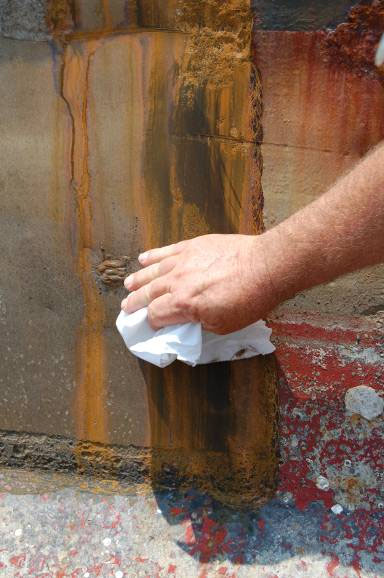A Primary Mission of the Council is to promote effective means of surface preparation in the maintenance industry using water and water/abrasive blasting techniques.
Metallizing is a type of thermal spray coating (TSC) that produces a durable metal coating.
The TSC metal typically applied to steel structures such as highway bridges is either pure zinc or a zinc/aluminum alloy.
A feed wire of the TSC metal is heated to a molten state by flame or electric arc and propelled by air spray onto a surface.
Likely reasons for this have included a relatively high initial cost and a lack of familiarity and experience with metallizing among bridge painting contractors.
To date, TSC coatings have been applied to approximately 150 (out of 200,000) steel bridges in the United States, totaling just over 2 million square feet.
Recent improvements in application equipment have doubled productivity rates to the point where initial costs are more competitive.
Many factors must be considered when determining the economic impact of a technology on a bridge maintenance painting project.
A cost model was developed for this FHWA study which estimates itemized project costs and evaluates economic impacts.
The technology observation reported was for metallizing using recyclable steel grit for surface preparation.
Since both recyclable steel grit and metallizing are different form our assumed state-of-practice, we will compare the site visit to a recyclable steel grit removal project with airless spray applied coatings.
Blasting with recyclable steel grit followed by application of a three-coat paint system with a stripe coat.
3. Blasting with recyclable steel grit followed by application of 85/15 Zn/Al metallizing with a full sealer coat.
[Download not found]











April 5, 2009
Main Library